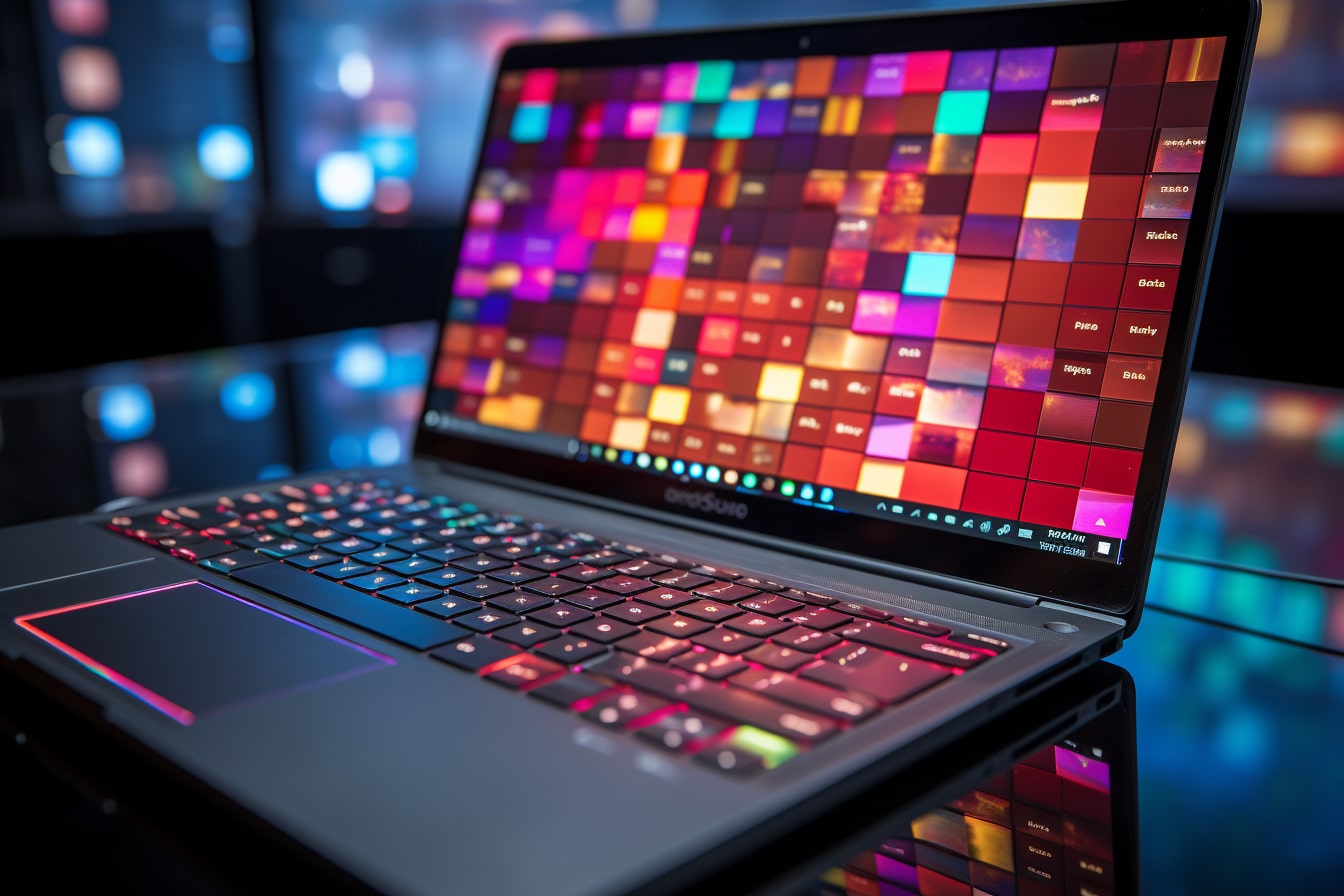In the ever-evolving digital ecosystem, image bank and AI-generated image platforms have become a must-have tool in 2023 for content creators, graphic designers and marketing experts. Nevertheless, to maximize the impact of your publications, it’s essential to optimize and reference your images effectively. In this article, we’ll reveal the fundamental optimization techniques that will enable you to improve the visibility and positioning of your images on the search engines.
Key aspects of effective image SEO
It’s important to note that, as with textual content, search engines such as Google don’t favor images duplicated across multiple web pages. This is a fairly common practice, even with paid image libraries. The optimum approach for natural SEO would be to use images created by artificial intelligence or, even better, by yourself! These unique images will improve your positioning and increase the visibility of your website on the first page of search results.
When integrating your image on your website to optimize its natural SEO, it’s essential to add an ALT tag. This HTML attribute offers a text description to search engines and screen-reading tools, contributing to better indexation of the image. To maximize relevance for indexing robots, be sure to provide a detailed and relevant description. In addition, if the context allows, don’t hesitate to insert an explicit caption; this is usually displayed below the image and enhances the user experience by being visible to your visitors.
Adopting these optimization strategies will not only enhance the understanding of content by search engines, but also accessibility for people with visual impairments who use screen readers. For example, renaming a file from “IMG12345.jpg” or “optimiser-images-2023\” to “optimisation-des-images-en-2023\” improves its relevance and accessibility, while optimizing the natural referencing of your content.
Optimising image size and weight for search engine optimisation

The parameters relating to your image have a major impact on its SEO optimisation. Why do we talk about image weight? When we say that an image is “heavy”, we are referring to the size of the file in kilobytes that it represents. Too large a file size can slow down the loading time of the web page, hindering the user experience and the natural referencing of your website. This is particularly the case when you take your own photos, especially on a mobile phone, where the high quality of the images can generate extremely large files. Optimise your images for SEO by using image compression tools. These tools reduce the size of the file without compromising visual quality, thus improving the user experience and the loading speed of your site’s pages. The process is simple: drag and drop your image, then download the optimised version. For those of you who know HTML coding, don’t forget to include the dimensions of the image with the “width” and “height” attributes, usually in pixels, for effective indexing by search engines.
Choosing the right image format for better SEO
Optimise your images by using formats that are widely recognised by search engines, such as JPEG (Joint Photographic Experts Group) or PNG (Portable Network Graphics). These formats are the most popular and help to improve your natural referencing and visibility on search engine results pages.
 In the process of optimising your website for SEO, the choice of image format is crucial. The JPEG format, for example, is known for its ability to compress files ‘lossy’, meaning that it removes certain information from the image. This technique leads to a slight reduction in quality, but considerably reduces the size of files, making them easier for search engines to index. On the other hand, the PNG format is frequently used for graphics, illustrations, logos and images with areas of transparency. It uses a ‘lossless’ compression method, offering higher quality than JPEG, but with a larger file size. The ability to position transparent areas makes it particularly useful for icons or logos, enhancing the user experience and increasing the visibility of your e-commerce site or web pages. Adopt the same approach for your images as you do for your text: the two are inseparable in a natural referencing strategy. Continue to optimise your title tags and your content, especially in the vicinity of a carefully referenced image. Select relevant keywords and reuse them for your ALT, description and caption tags, for greater effectiveness. You’ll be amazed at the improvement in your ranking in search engine results. To boost the visibility of your web pages on search engines and attract more users to your website, don’t hesitate to put these fundamental techniques for optimising and referencing your images into practice.
In the process of optimising your website for SEO, the choice of image format is crucial. The JPEG format, for example, is known for its ability to compress files ‘lossy’, meaning that it removes certain information from the image. This technique leads to a slight reduction in quality, but considerably reduces the size of files, making them easier for search engines to index. On the other hand, the PNG format is frequently used for graphics, illustrations, logos and images with areas of transparency. It uses a ‘lossless’ compression method, offering higher quality than JPEG, but with a larger file size. The ability to position transparent areas makes it particularly useful for icons or logos, enhancing the user experience and increasing the visibility of your e-commerce site or web pages. Adopt the same approach for your images as you do for your text: the two are inseparable in a natural referencing strategy. Continue to optimise your title tags and your content, especially in the vicinity of a carefully referenced image. Select relevant keywords and reuse them for your ALT, description and caption tags, for greater effectiveness. You’ll be amazed at the improvement in your ranking in search engine results. To boost the visibility of your web pages on search engines and attract more users to your website, don’t hesitate to put these fundamental techniques for optimising and referencing your images into practice.




